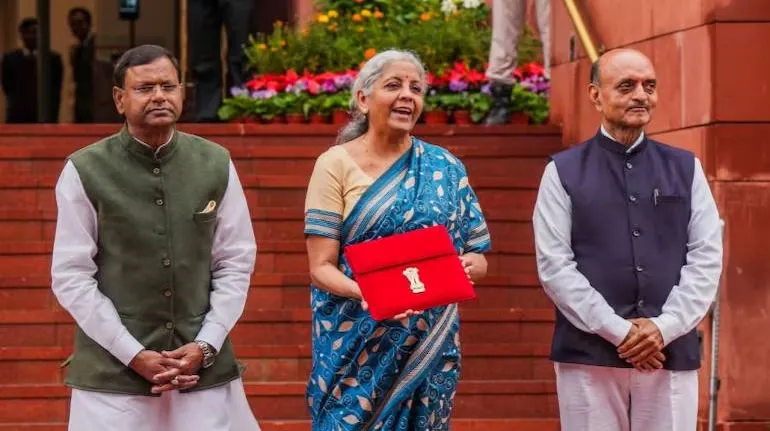On February 1, Finance Minister Nirmala Sitharaman announced the government’s initiative to promote cervical cancer vaccine among girls aged 9 to 14. India alone accounts for more than one-fifth of cervical cancer diagnoses and fatalities. Every year, an estimated 77,348 women die from cervical cancer in the country.
“The lack of an integrated plan for cancer elimination, as well as the reality that existing resources are scattered, are hindering India’s ability to reduce cervical cancer-related mortality,” said Mathangi Ramakrishnan, the director of Communications & Program Planning at CAPED. Low screening affects both cervical cancer treatment and survival rates.
Treatment for cervical cancer is costly
Low awareness impedes both cervical cancer screening and access to treatment. As a result, women typically seek medical attention when their disease has progressed to a more severe stage. “About 70% of the cases we see are in the advanced stage of the disease,” he added. “The actual proportion may differ from institution to institution, although the bulk of cases are still in the advanced stages. This makes it difficult to prevent deaths from cervical cancer.”
Surgery is an option for cervical cancer in its early stages, and cure chances are high, according to Ranade. “But few hospitals offer radical hysterectomy which is the norm of care for an early cancer.” Gynaeco-oncology is a specialized field that is well-established in the private sector. Nevertheless, such specialists are not available at smaller private hospitals or even government hospitals in cities.
- Advertisement -
If the cancer progresses, the treatment strategy often includes chemotherapy and radiation therapy, both of which are lengthy treatments that are difficult to tolerate both physically and mentally, according to Ranade. “Also, radiation therapy is only available in a few centers.”
The expense of care can limit women’s access to therapy. “Government schemes such as Ayushman Bharat can help but certain individuals still opt for care in the private sector, which is expensive,” Ranade went on to say.
According to a 2020 study conducted by the Post Graduate Institute of Medical Education and Research in Chandigarh, North India, roughly 62% of patients faced catastrophic health expenditures to have cervical cancer treatment, with 30% reporting financial distress. The study indicated that the health-care costs for various cervical cancer treatments–radiotherapy, brachytherapy, chemotherapy, and surgery–would range from Rs 19,494 to 41,388 ($291 to $617). Furthermore, patients spent between Rs 4,042 and 23,453 ($60-$350) out of pocket.



